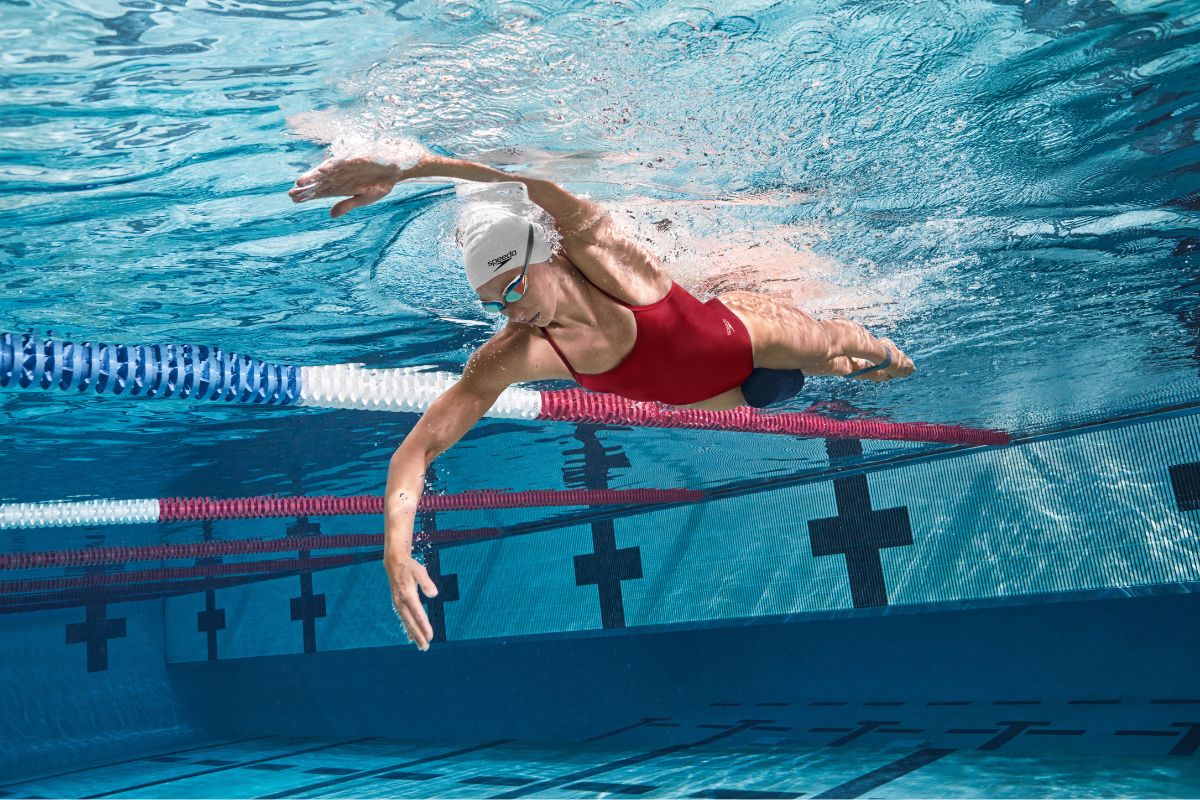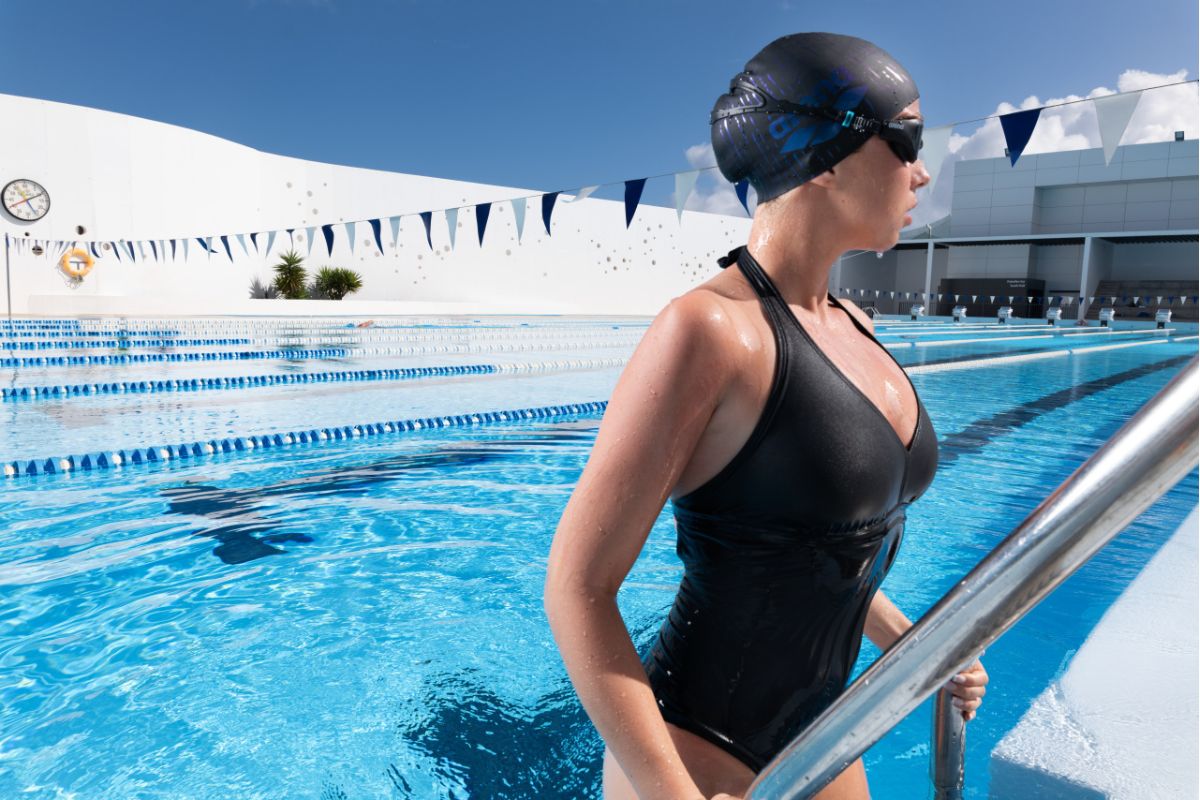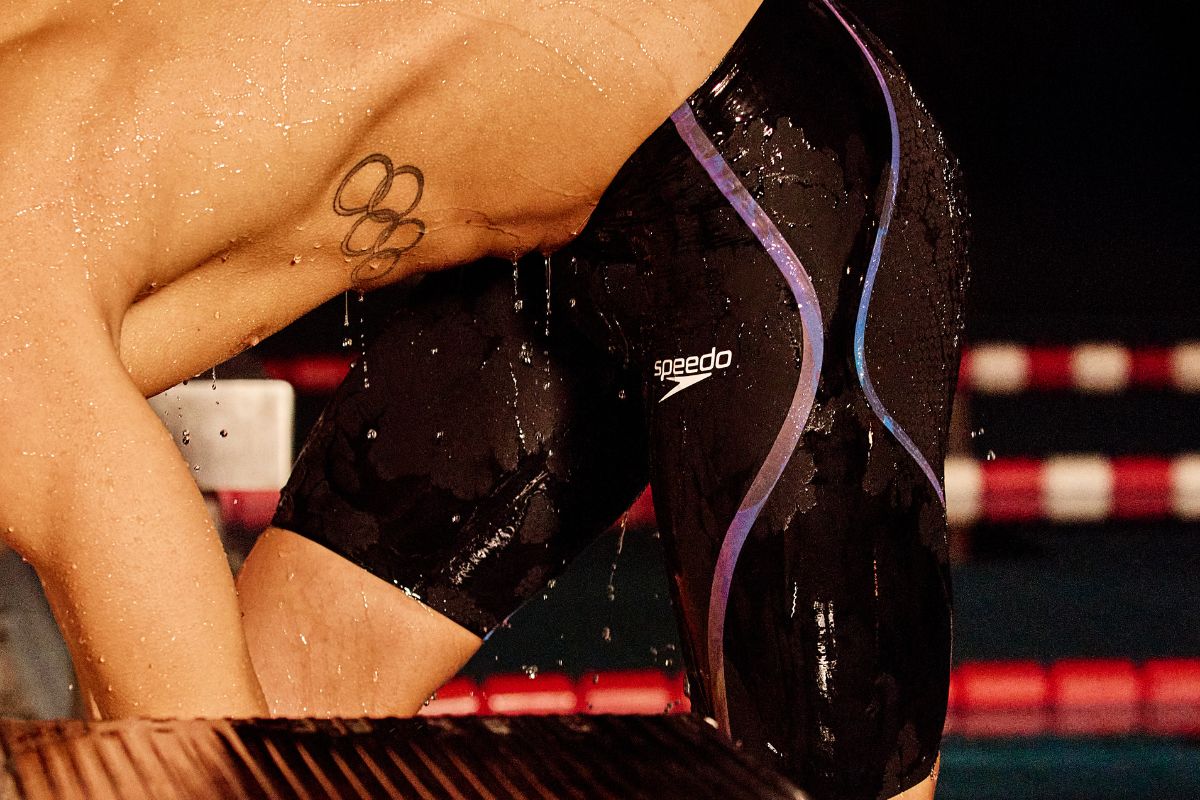For male swimmers, a good lap swimming suit does more than just stay on—it moves with you, holds up to chlorine, and cuts through the water with less drag. Whether you're in the pool five days a week or gearing up for your next race, choosing the right style and fabric will impact your comfort, training, and performance.
Let’s break down the main types of men's swimwear designed for serious pool time and how to pick the one that fits your training goals.
Men’s Lap Suits: What Style Matches Your Stroke?
Swimwear styles range from streamlined and compressive to loose and resistance-adding. Your choice depends on how you train and what you're aiming for in the water.
-
Briefs (aka Racers): The classic cut for competitive swimmers. These low-profile suits offer full freedom of motion with minimal fabric and drag. They’re a staple for swim practice and racing alike.
-
Jammers: Extending to the mid-thigh, jammers give extra coverage without sacrificing a sleek silhouette. They're ideal for athletes who prefer more modesty or want the compression benefit across more muscle groups. Great for both practice and race day.
-
Drag Suits: Worn over a tighter suit, drag suits add resistance during training. They’re mesh, looser-fitting, and designed to challenge your stroke power and endurance. Strictly for practice—never racing.
-
Square Leg Suits: A hybrid between briefs and jammers, square cuts offer slightly more coverage with a fashion-forward edge. They’re a solid option for training and occasional racing, depending on the cut.
Fabrics Matter: What Your Suit Is Made Of Impacts Performance
Lap swimmers rack up hours in the water. That means chlorine, sun exposure, and friction all take a toll. Choosing the right fabric can extend the life of your suit and improve your swim experience.
-
Polyester: The gold standard for durability. Chlorine-resistant and fade-proof, polyester suits keep their shape through hundreds of sessions.
-
Polyester Blends: Often mixed with PBT or spandex for a bit of stretch. You get the longevity of polyester with a more forgiving fit.
-
LYCRA®/Spandex: Soft and stretchy, but not built to last. These suits feel great out of the gate but tend to wear down quickly in chlorinated pools.
-
UV-Protective Fabric: If you swim outdoors, seek UPF-rated suits. They help guard against fabric breakdown and protect your skin.
-
Lining: Fully lined suits add comfort, reduce transparency, and offer more support. Many training suits include this as standard.
Fit, Features & Function: A Few More Tips
Still not sure which way to go? Consider these SwimExpert tips:
-
Drawstring Waistbands: Essential for dive starts and flip turns. Keeps your suit secure, no matter how aggressive the push-off.
-
Dual-Purpose Suiting: Some jammers and briefs work well for both practice and racing. Look for tight fits with compressive fabric that won't balloon out during hard sets.
-
Modesty & Layering: Prefer more coverage? Stick with jammers—or layer a drag suit over briefs for extra resistance and confidence in practice.
Final Thoughts
The best lap swimming suit doesn’t just look good—it performs. Whether you’re training for a triathlon, dropping time in freestyle, or just want a suit that lasts, the right style and fabric make all the difference. Team Aquatic Supplies recommends building a small rotation: one suit for racing, one or two for daily training, and a drag suit for resistance work. Your suit is a tool—make sure it works as hard as you do.
Want help picking the perfect fit? Stop by Team Aquatic Supplies or chat with a SwimExpert advisor. We’ve got your size, your style, and the training insight to back it up.





Leave a comment (all fields required)